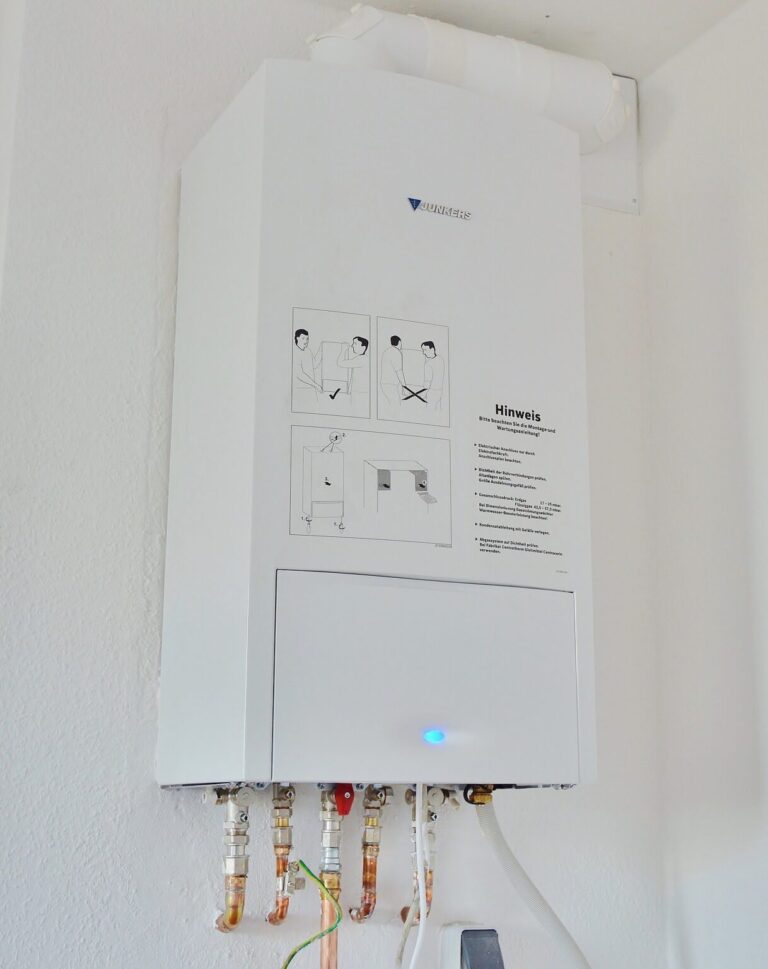
Multi zone heating and cooling system allows you to separately control various areas of your house. Zoned HVAC separates house into different temperature zones which can be controlled separately. Each room can function as a zone.
Adding zones to your HVAC system
Zone systems are a good choice when you have a lot of people with different preferences living in the same house, and if there are areas in your home that get less use, such as a basement, an exercise room, or spare bedroom. And If some areas of your home aren’t getting comfortably warm or cool, zoned HVAC can solve the problem. When deciding how to zone HVAC system, it’s crucial to evaluate the following:
- architectural features,
- time-of-day load patterns,
- airflow ratios,
- room-to-room openings.
Advantages of HVAC zoning
Direct sunlight, drafty windows, outdated equipment, and poor ventilation affect the climate of a building. Given that heating and cooling accounts for a major portion of families’ utility bills, the financial benefits of zoning interfaces offer significant savings. Adding zone to HVAC can help to improve comfort and reduce energy consumption. It gives more control, namely:
- Ability to heat or cool a particular area in your home instantly.
- Possibility of setting different temperatures in different areas.
- Remote controls for temperature, fans, or even humidity levels.

Air zone HVAC reduces total energy use and cost while precisely controlling temperature in each room. Our professionals with good experience installing zoned systems in Canada can offer sound advice on the best HVAC zone control system, suggest appropriate zone dampers HVAC, and create customized temperature zones throughout your home for increased comfort and efficiency.
Share


















